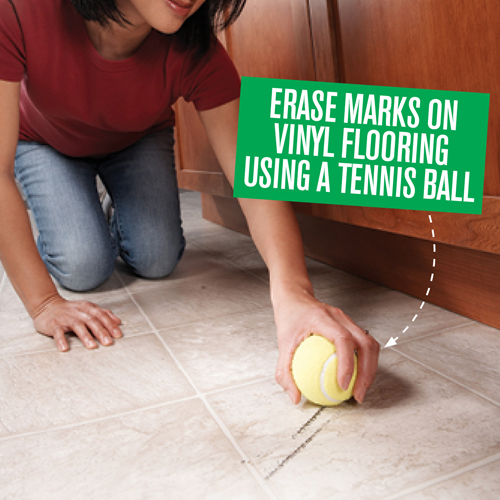

Floor water marks can be a frustrating problem, damaging the aesthetic appeal of any home or commercial space. Whether you’ve got a spill, a leak, or just general wear and tear, these unsightly water marks can detract from the overall ambiance and create a sense of neglect. This article provides actionable advice on removing water damage from floors quickly and efficiently. We’ll explore various methods for various flooring types, from hardwood to tile, offering detailed instructions, effective cleaning products, and preventive measures. Let’s dive in.
Understanding Floor Water Damage
Identifying the Source
Often, the first step to removing water marks effectively is to identify the source of the water damage. Was it a leak? A spilled drink? Understanding the source will help determine the best approach to cleaning. A thorough assessment of the area, and the type of flooring, is crucial for selecting the right cleaning products and methods. For example, a leak from a plumbing issue will require different treatment than a spilled glass of juice. Identifying the source of the damage saves time and effort, helping to prevent further issues. Water damage can also be caused by excessive humidity or condensation, particularly in basements or kitchens.
Assessing the Severity
The severity of the water damage dictates the urgency of action. A small water spot might only require a quick clean-up, while extensive flooding will demand immediate intervention to prevent further damage. Recognizing the scale of the issue helps estimate the necessary steps and resources.
Choosing the Right Cleaning Products
Cleaning Solutions for Different Floor Types
The type of flooring greatly influences the cleaning products and methods you should use. For example, hardwood floors require a more gentle approach than tile. Utilizing the right products is crucial for successful cleaning and prevents potential damage to the floor’s surface. Here are some examples:
- Hardwood Floors: Use a mild detergent solution and a microfiber mop for everyday cleaning and a specialized wood cleaner for water spots.
- Tile Floors: Use a cleaner formulated for tile and grout, along with a stiff brush to address tough stains.
- Laminate Floors: Gentle cleaning solutions are vital. Use warm water with a mild dish soap to prevent discoloration.
Safe Practices for Cleaning
Applying too much pressure or using harsh chemicals can damage the floor surface. Always test cleaning solutions on an inconspicuous area of the floor first to ensure they don’t cause discoloration or damage before applying to the affected area. Follow instructions carefully on cleaning product labels for optimal results and safety. Consult product instructions for specifics. Avoid using abrasive materials that may scratch the floor.
Removing Water Marks from Different Surfaces
Specialized Cleaning Techniques
Several specialized techniques are essential for different types of floors and water damage. Different cleaning strategies will prevent further damage to the floor surface. For instance, water marks on hardwood floors require a gentle approach to maintain the floor’s integrity. Using specialized cleaning solutions or applying a coat of furniture polish may help to hide those water marks.
Example of a Case Study
A recent study conducted by the National Association of Home Builders indicated that 25% of homes experienced some form of water damage within the past year, highlighting the prevalence of this issue. By taking preventative steps, and understanding these differences, you will be able to clean up these water marks and prevent further issues.
Prevention of Future Damage
Implementing Preventative Measures
Preventing water damage to floors is far more effective and efficient than dealing with the consequences after the damage has been done. Implement measures such as installing water-resistant flooring in high-moisture areas or placing doormats at entrances to avoid further damage from water. Regularly inspecting drains, and fixing leaks promptly, will also help avoid larger issues. Employing preventative strategies not only protects the integrity of your floors but also helps maintain your property’s overall value. Proactive maintenance is key for long-term floor protection.
Utilizing Waterproof Coatings
Applying waterproof coatings to vulnerable areas can act as a barrier against moisture and spills, extending the lifespan of your floors and reducing the risk of future water damage. Waterproof coatings can be applied to various flooring types, including hardwood, laminate, and tile.
Professional Cleaning Services
When to Seek Professional Help
For severe water damage, stubborn stains, or if you lack the necessary cleaning products, it’s best to seek assistance from professional cleaning services. Professionals are well-equipped with specialized tools, cleaning solutions, and experience to effectively handle difficult stains and damage. These pros can offer invaluable expertise and advice when facing complex cleaning situations that may require extensive cleaning. They have specialized equipment to prevent further damage. For example, water extraction systems may be crucial for flood damage.
Considerations for Hiring a Professional
When hiring professional cleaners, it is critical to ascertain their experience with floor cleaning, as well as the products they utilize for your flooring. Make sure to evaluate reviews and ensure that they adhere to appropriate safety measures.
In conclusion, effectively removing floor water marks requires a proactive approach, understanding the root cause, and choosing the right cleaning method. By following the steps outlined in this article, you can restore your floors to their pristine condition and prevent future water damage. For stubborn stains, professional cleaning services might be necessary. Remember regular maintenance is key to preventing future issues. Consider implementing preventive measures such as installing water-resistant flooring or placing mats at entrances to limit water exposure. Visit our website for additional tips and resources on floor care. Contact us today for a free quote on your floor restoration.